The Texas rig is an old and popular setup that works for anglers of all skill levels.
If you’re fishing a lake with a lot of greenery, you’ll want a weedless rig like this to prevent frustration and lost lures.
I fish some of the murkiest, muckiest, and weediest waters in the country (at least I think I do) and the Texas rig is one I’ve called upon plenty of times that has never let me down.
By the end of this guide, you’ll know how to rig and use it and what gear to hook up to.
Let’s get started!
How to Tie a Texas Rig
If you prefer video format, take a look at YourBassGuy.com’s Youtube video above showing you how to set up the Texas Rig!
Before we talk about lures, hooks, line, or anything else to do with Texas rig fishing, you need to know how to tie a Texas rig the correct way. I’m breaking it down step by step so you can see how simple it is.
1. Slide on bullet weight
The first thing you’ll need to do is get your line and bullet weight. The bullet weight will go right over the butt end of the line. You can peg the line to pin the weight, but if you’re trying to cast and get accuracy and distance behind your cast, you won’t want to do that.
The thicker the cover, the heavier the sinker you should use. If you’re fishing in a pond that is incredibly murky and covered with pads and weeds, you’ll want to size up your weight a little because it will help you move through the cover, and you’ll need to be able to tell the difference between weeds and fish on your line.
All you need to do here is slide the bullet weight on. You don’t need to tie on any knots because that will come when we put the hook on.
2. Tie on the hook
The second step is to tie your hook. I might sound like a broken record, but knot tying is an important skill to learn as an angler, so you’ll want to use the right knot. This factor is especially true when fishing in highly vegetated areas because a low-quality knot will cause you to lose your lure, hook, and weight.
A Palomar knot is generally considered standard for tying the hook to the monofilament line. It’s a great choice of knot, and it ensures you keep more lures than you throw away. Tie your hook to your line. We’ll cover more details about what types of hooks and lines you should use shortly.
3. Insert hook point into the end
Now we need to start with our Texas rig worm. Take the point of the hook and pierce the worm right at the top in the center and start working your hook through the soft plastic lure. You only want to pierce it about a quarter of an inch deep.
4. Stick the hook back out
Once you’ve pierced the worm, you’ll want to force it back out on the side about a quarter of an inch down on the worm. Depending on what kind of worm you use, this process will be easier or more difficult. I always find that whatever material they use for Senko worms, they’re more difficult to Texas rig, but I still prefer them.
5. Feed the rest through and rotate
Now you need to feed the rest of the hook through the worm until you get to the hook eye. If you’re using the correct type of hook, it likely has a “joint” at the top, and that’s to prevent the hook from sliding down the worm, and it helps create a better angle for you to turn the barb back around and insert it into the worm again.
6. Line the hook up
Okay, so by this point, you should have your hook fully inserted into the worm with the whole loop of it sticking out about halfway down the soft plastic. Now you want to line everything up so you can then insert the end of the hook back into the worm. Once you have everything set up, you’re ready for the final step.
7. Piece the worm again
Lay the worm down on a flat surface and flip the hook around, so the barb is pointing towards the plastic now. Re-insert the sharp end of the hook into the worm until it is almost poking out the other side.
You need to make sure you have some room between the hook and the worm; otherwise, you need a wider gap hook. If you’re using a wide soft plastic bait, they sell wide gap hooks for this exact purpose.
8. Make sure you got it right
Take another look at your Texas rig lure and make sure you got everything right. The bullet weight should cover a majority of the eye of the hook, the line should look securely fastened to the hook, and the end of your hook should be pierced through the body of the worm with little, if any sticking out the other side.
Best Texas Rig Hooks
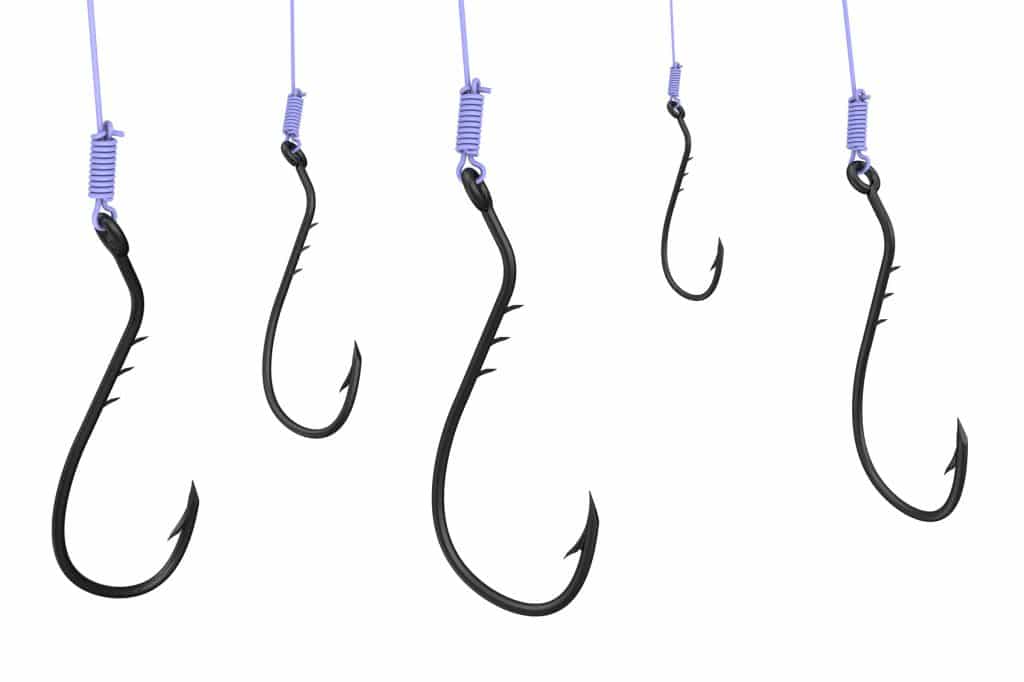
Having the right Texas rig hook is important for getting the correct presentation as well as the many benefits of fishing this rig in the first place. You can use a straight shank hook, but you’ll want to use an offset worm hook if you can. These are the ones that have the “joint” at the top, as I previously mentioned.
The offset hooks will ensure your hook doesn’t slide down the worm, and they keep everything in place to offer the correct presentation. You have two choices when it comes to offset hooks.
- Round bend hooks
- Wide gap hooks
Round bend hooks will display less of the barb to your bass, but extra wide gap hooks have a better chance of hooking the fish. The main difference between the two is the angle at which you enter the worm. There’s no need to get too involved here because you can more or less get away with just sizing the hook according to the size of your lure of choice.
Just know that offset hooks are the right choice for Texas rigs because they allow enough space between the worm and the hook while offering the best hook up ratio as well.
Best Texas Rig Weights
The Texas rig weight you choose should depend on two factors:
- How heavy is the cover you’re fishing?
- What depth are you trying to fish?
You’ll almost always use bullet weights for Texas rig fishing, and you can either peg them or let them sit freely on the fishing line. When you peg the weight, it puts the nose of the worm on the bottom of the water. This presentation is ideal for some, but in certain situations, you’d want to stay suspended.
For example, if you’re fishing a lake with a few inches of dense grass on the bottom, you wouldn’t want to peg the weight because you’ll be forcing the lure to glide along the bottom where no fish could see it.
I am personally never a fan of pegging the weights because I find that a suspended or “weightless” Texas rig strategy is always better. It gives the worm a more natural appearance and allows it to hop and jump through the water.
Best Texas Rig Setup

So, what else do you need to fish a Texas rig? You need to decide on what type of lure you want to use. The plastic worm is the most common choice for bass anglers, and finesse worms are always my favorite way to go. They’re generally a six or seven-inch worm with a 3/0 hook and up to a quarter-ounce bullet weight. This Texas rig setup closely mimics what bass are seeing in the water, and as a result, it works the best.
Some people use other creature baits like craws for Texas rigging.
Go with monofilament or fluorocarbon line between 6-8 pounds. If you’re concerned about visibility, allow yourself the luxury of using a fluorocarbon leader, but it’s not something you likely need to worry about.
I prefer to keep it light, so while some anglers might suggest braided line as a possibility, I would recommend staying away from it. The finesse presentation of suspending in the water column may get screwed up by the heavier weight of the braided line.
How to Fish a Texas Rig
Now let’s talk about some of the specific fishing methods when using a Texas rig. The best Texas rig for bass fishing strategy is one that presents the bait in a natural way while enticing them to bite it. All three of these methods are sure to help when fishing for bass.
Dragging it
This first method is the best choice if you’re Texas rig fishing in the fall or winter. When the bass are lethargic, it’s because water temperatures are cooler, and during this time, you need to implement a slower strategy. Dragging the worm gives them plenty of time to survey the situation and commit to a strike.
Cast out your lure along cover and try to hug it as tight as possible. You’ll want to sweep your rod tip from side to side two or three times before reeling the lure in slowly. This presentation gives the bass more than enough time to make a choice. If you don’t get a bite after a few of those, consider changing your location or trying open water.
Lifting and Dropping
If you’re fishing on a hot summer morning, the bass are likely very active, and you can use a more lively presentation now. Take a small Texas rigged tube and cast it out close to cover. Let your lure sink to the bottom and lift your rod up about a foot with the line taut. Now, let the lure fall back down to the bottom.
On the descent is where you’re likely to get a bite. You could also throw in a few shakes of the rod and some twitches if you’re feeling a little daring. The key to this method is to slowly rise and fall, so you don’t have to jerk your rod up really hard.
Twitching a Weightless Texas Rig
Our final method is twitching, and it’s a great choice for weightless Texas rig fishing. You’ll rig your lure exactly as mentioned but exclude the weight this time. The worm will still drop, but it’ll happen much slower than before. Let it fall to your desired depth and then start twitching it by moving your rod just enough to get the lure moving around.
This strategy works great in dense cover, where the bass may need to see those rapid movements to even see where your lure is.
FAQs
When to Use a Texas Rig
When should you use these strategies? There isn’t really a wrong time to use a Texas rig because there are many different presentations you can use to appeal to a wide assortment of different situations. If you’re in need of a weedless bait, this is the method you should go with. It’s beginner-friendly as well.
Where to Fish a Texas Rig
The Texas rig is intended for dense cover and heavily vegetated waters. If you’ve read anything about my fishing habits, you’ll know that I love fishing heavy cover, so the Texas rig is one that is near and dear to my heart. If you pull up to a new lake or pond and think there’s barely enough room for your boat, this is the rig you want.
Final Thoughts
So, what do you think about the Texas rig?
Drop me a comment below and let me know if you have any tips or tricks when using this setup. Have you ever heard of other similar rigs like Chicken Rig?
Also, I’d like to know how many of you fish a weightless Texas rig.
This setup is one of the most common and popular, but for a good reason.
The weedless rig is important when fishing dense cover, and as long as you know how to rig it properly, you’ll still get a nice hook set and a solid presentation without that much effort.

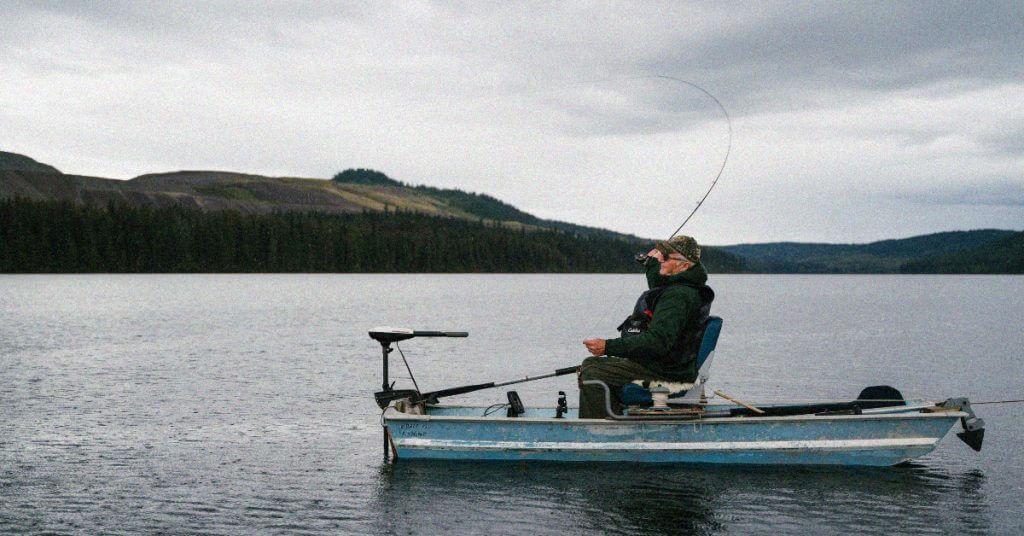
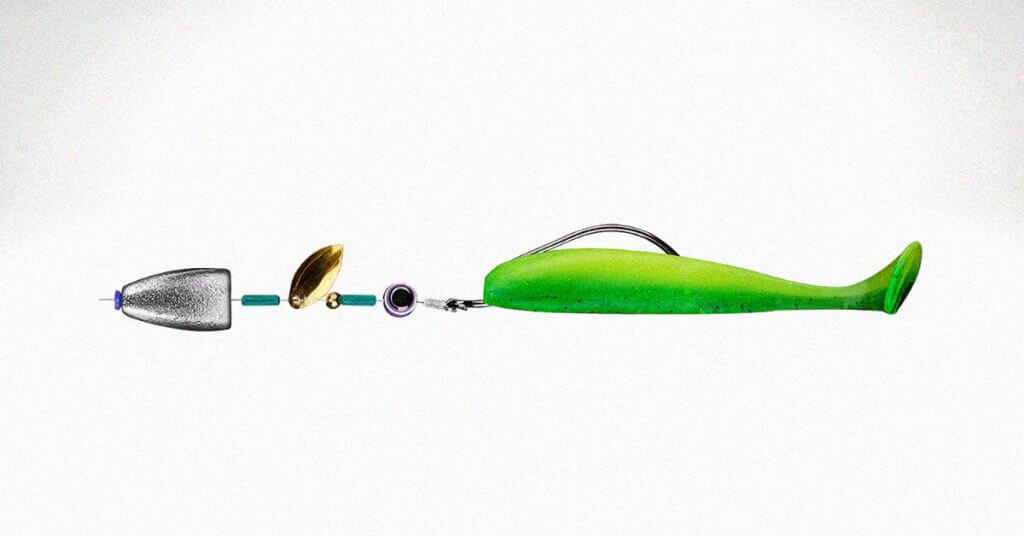
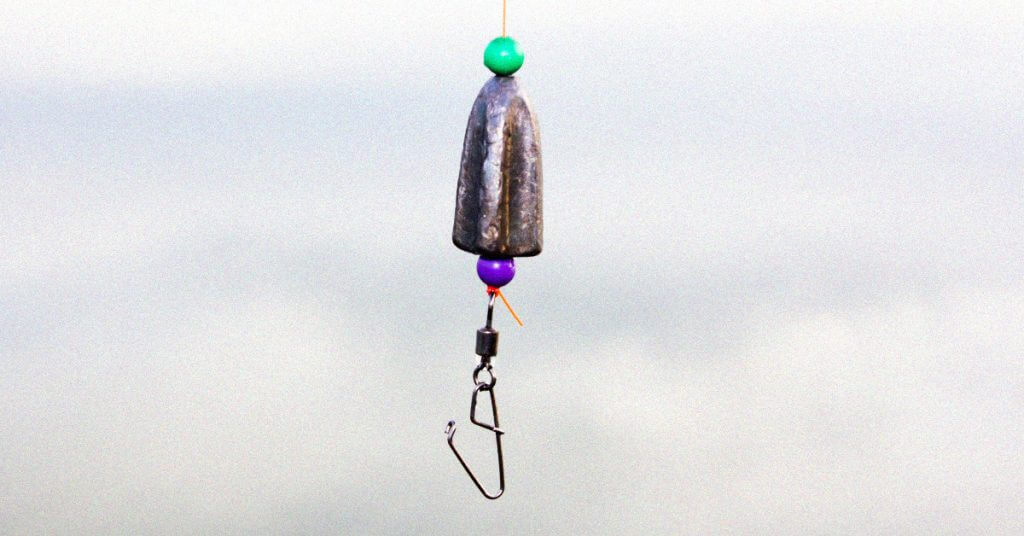
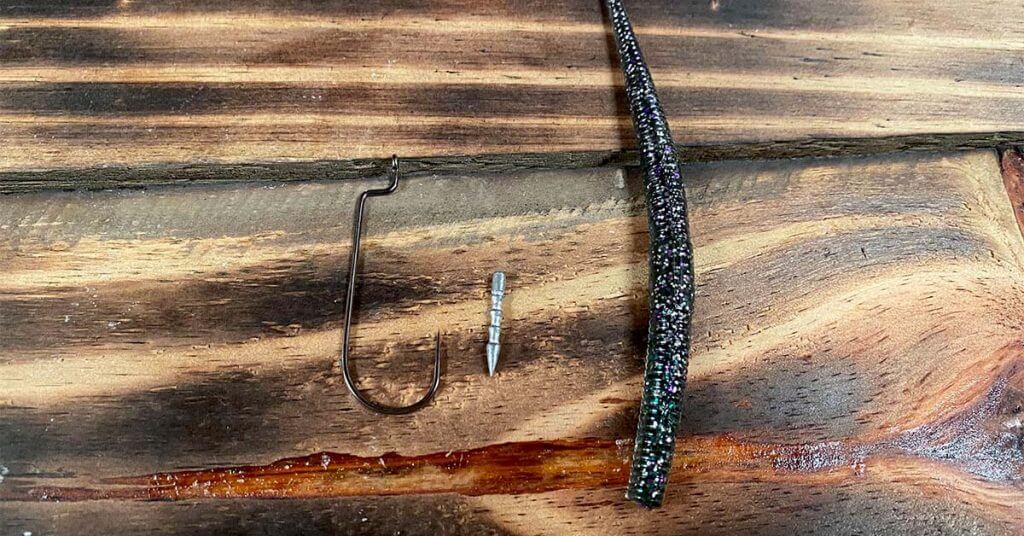
Just started bass fishing. Getting good help on this site. Thank all of the people who share their information.
Honestly speaking I always thought that setting up the texas rig is only for professional anglers, but now I can easily do it by myself, it’s easy just need practice.